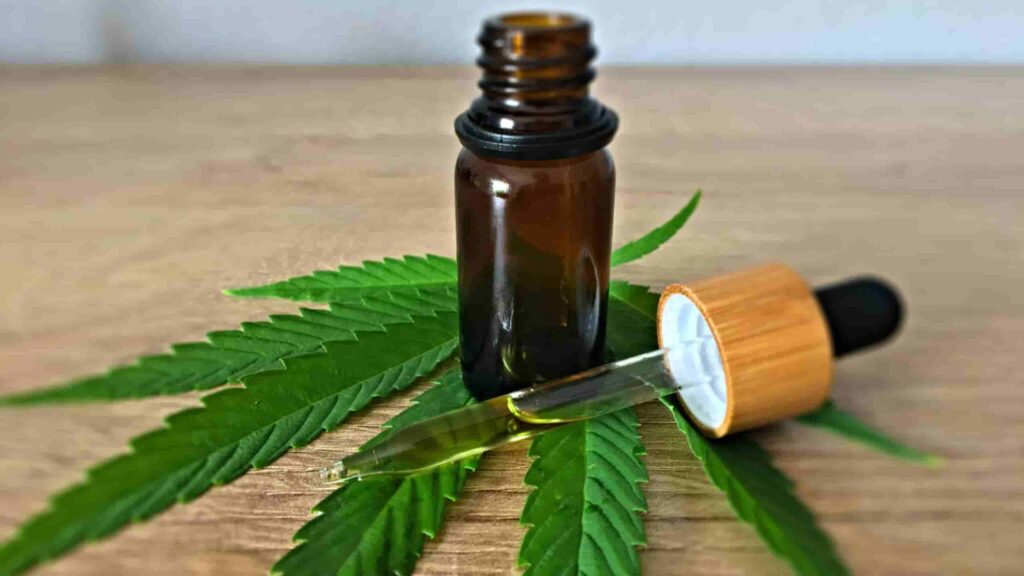The Art and Science of Microdosing Medical Marijuana: A Comprehensive Exploration
In recent years, a growing trend has emerged in the realm of medical marijuana consumption – microdosing. While the recreational use of marijuana is well-known, the medicinal potential of this plant has gained traction, with an increasing number of individuals turning to microdosing as a method of managing various health conditions. This practice involves consuming small, sub-therapeutic doses of marijuana to harness its potential therapeutic benefits without experiencing the typical psychoactive effects associated with higher doses. In this exploration, we will delve into the art and science behind microdosing medical marijuana, examining its potential benefits, risks, and the current state of research surrounding this intriguing approach to cannabis consumption.
The Science Behind Microdosing:
Microdosing, as a concept, is not unique to marijuana; it has been applied to various substances, including psychedelics and pharmaceuticals. In the context of medical marijuana, microdosing involves consuming a fraction of the standard therapeutic or recreational dose, typically ranging from 2.5 to 5 milligrams of THC (tetrahydrocannabinol), the primary psychoactive compound in marijuana. This approach aims to exploit the therapeutic properties of cannabis while minimizing the adverse effects associated with higher doses, such as impairment, euphoria, and cognitive alterations.
The endocannabinoid system (ECS) plays a pivotal role in understanding how microdosing may exert its effects. The ECS is a complex cell-signaling system present in the human body, comprising receptors (CB1 and CB2), endocannabinoids (produced by the body), and enzymes responsible for their synthesis and breakdown. THC, the psychoactive component in marijuana, primarily interacts with CB1 receptors in the brain, producing its characteristic effects. Microdosing seeks to modulate the ECS subtly, promoting a balance that may contribute to various therapeutic outcomes without overwhelming the system.
Potential Benefits of Microdosing Medical Marijuana:
- Pain Management: Microdosing has been suggested as a potential strategy for managing chronic pain conditions. Some studies indicate that low doses of THC may provide analgesic effects without inducing the profound sedation associated with higher doses. This makes microdosing an attractive option for individuals seeking pain relief while maintaining functionality in their daily lives.
- Anxiety and Mood Disorders: Anxiety and mood disorders are prevalent conditions for which individuals often turn to medical marijuana. Microdosing may offer a nuanced approach to alleviating symptoms without triggering the anxiety or paranoia sometimes associated with higher doses. Preliminary research suggests that low doses of THC might modulate mood and anxiety-related neurotransmitters, offering therapeutic benefits without impairment.
- Cognitive Enhancement: Some proponents of microdosing suggest that it can enhance cognitive function and creativity. By exerting subtle modulatory effects on neurotransmitter systems, particularly in brain regions associated with learning and memory, microdosing may provide a cognitive boost without the impairments associated with recreational doses.
- Sleep Disorders: Insomnia and other sleep disorders are common targets for medical marijuana intervention. Microdosing, with its potential to induce relaxation without significant sedation, could be explored as a method to improve sleep quality without the risk of next-day grogginess.
- Neuroprotection: The neuroprotective properties of cannabinoids have been a subject of interest in medical research. Microdosing may offer a way to harness these potential neuroprotective effects without exposing the brain to higher doses that could have adverse consequences.
Risks and Challenges:
While microdosing presents an intriguing avenue for reaping the therapeutic benefits of medical marijuana, it is not without its challenges and potential risks.
- Individual Variability: Responses to cannabis vary widely among individuals due to factors such as genetics, tolerance, and overall health. What constitutes a microdose for one person may be too much or too little for another, making it challenging to establish standardized guidelines.
- Lack of Regulation: The lack of standardized products and dosing guidelines in the cannabis industry poses a significant challenge to those attempting to microdose. Inconsistencies in product potency and formulation can result in unpredictable effects, complicating the reliable application of microdosing.
- Limited Research: Despite the growing interest in microdosing, research on its efficacy and safety remains limited. Most studies on medical marijuana focus on higher doses, leaving a gap in our understanding of the specific benefits and risks associated with microdosing.
- Potential for Tolerance: Regular cannabis use, even at low doses, may lead to the development of tolerance over time. This means that individuals may need to gradually increase their microdose to maintain the same therapeutic effects, raising concerns about long-term sustainability.
Conclusion:
Microdosing medical marijuana represents a captivating intersection of science, medicine, and the evolving landscape of cannabis legalization. While anecdotal evidence and a handful of studies suggest promising therapeutic potential, more research is needed to establish clear guidelines, understand individual variability, and delineate the long-term effects of microdosing.
As societal attitudes toward cannabis continue to evolve and as more jurisdictions explore the medicinal applications of marijuana, microdosing may become a mainstream option for individuals seeking a subtler, more controlled approach to cannabis consumption. However, as with any therapeutic intervention, it is crucial for individuals to consult with healthcare professionals, consider the legal implications in their region, and approach microdosing with a balanced understanding of its potential benefits and risks.

Dr. Nicholas Marsh has been a respected board-certified anesthesiologist in Northern Virginia for over 35 years. Recognized as a top doctor by FindaTopDoc.com, his vision for providing top-quality medical services is driven by his passion for patient comfort and dignity.

